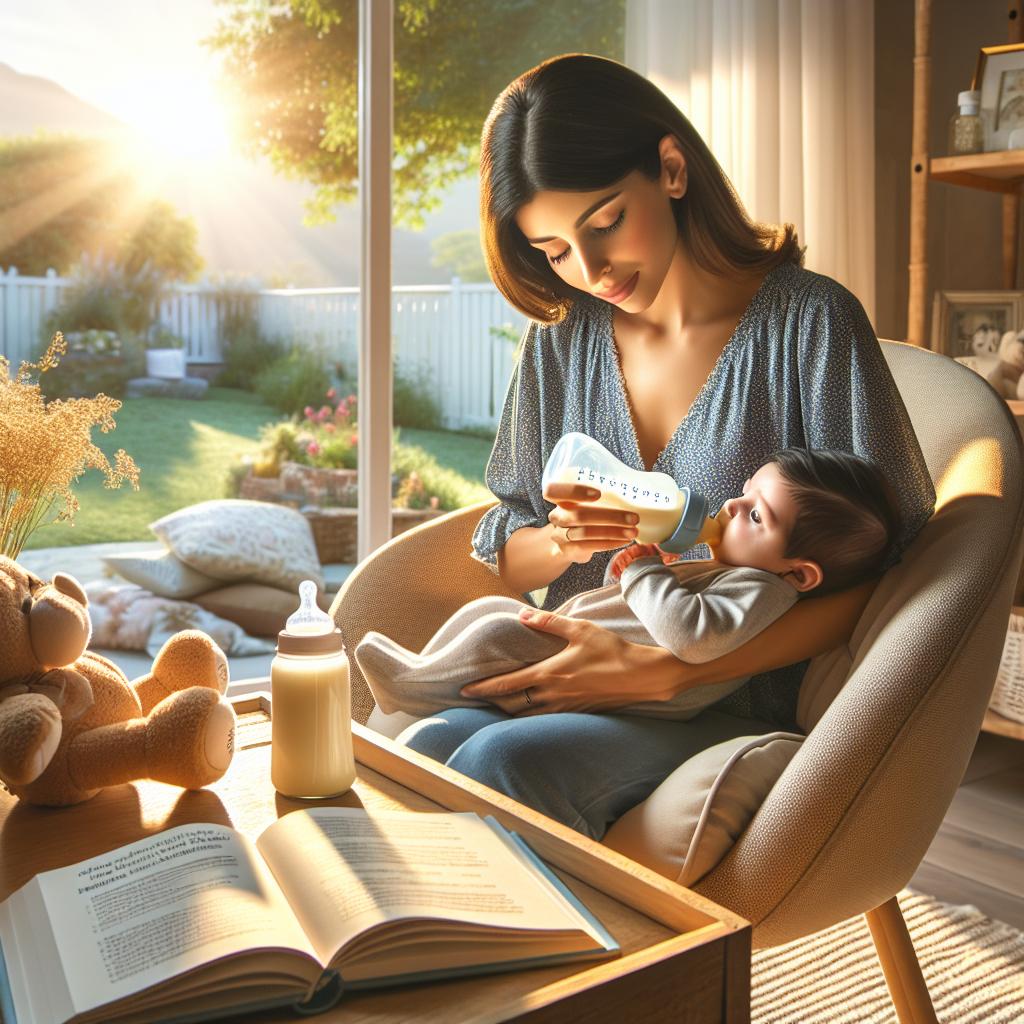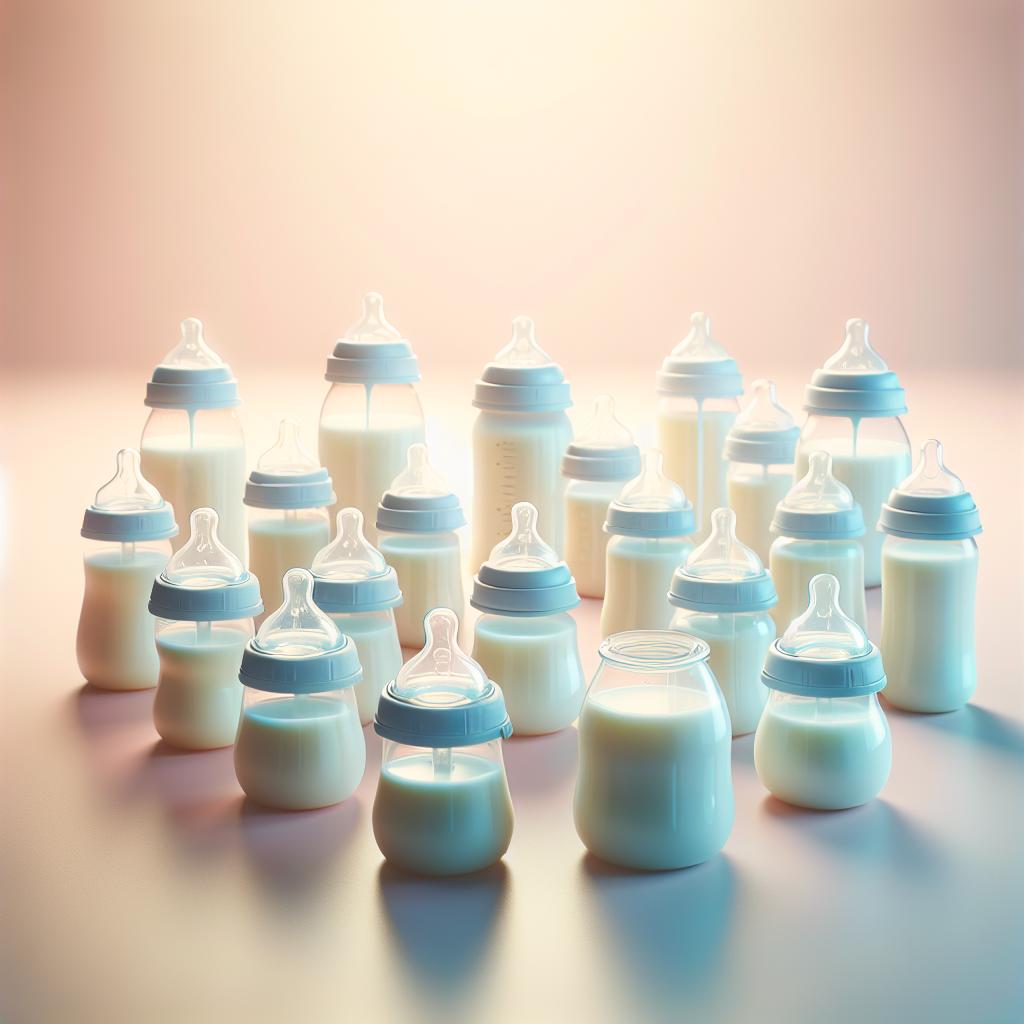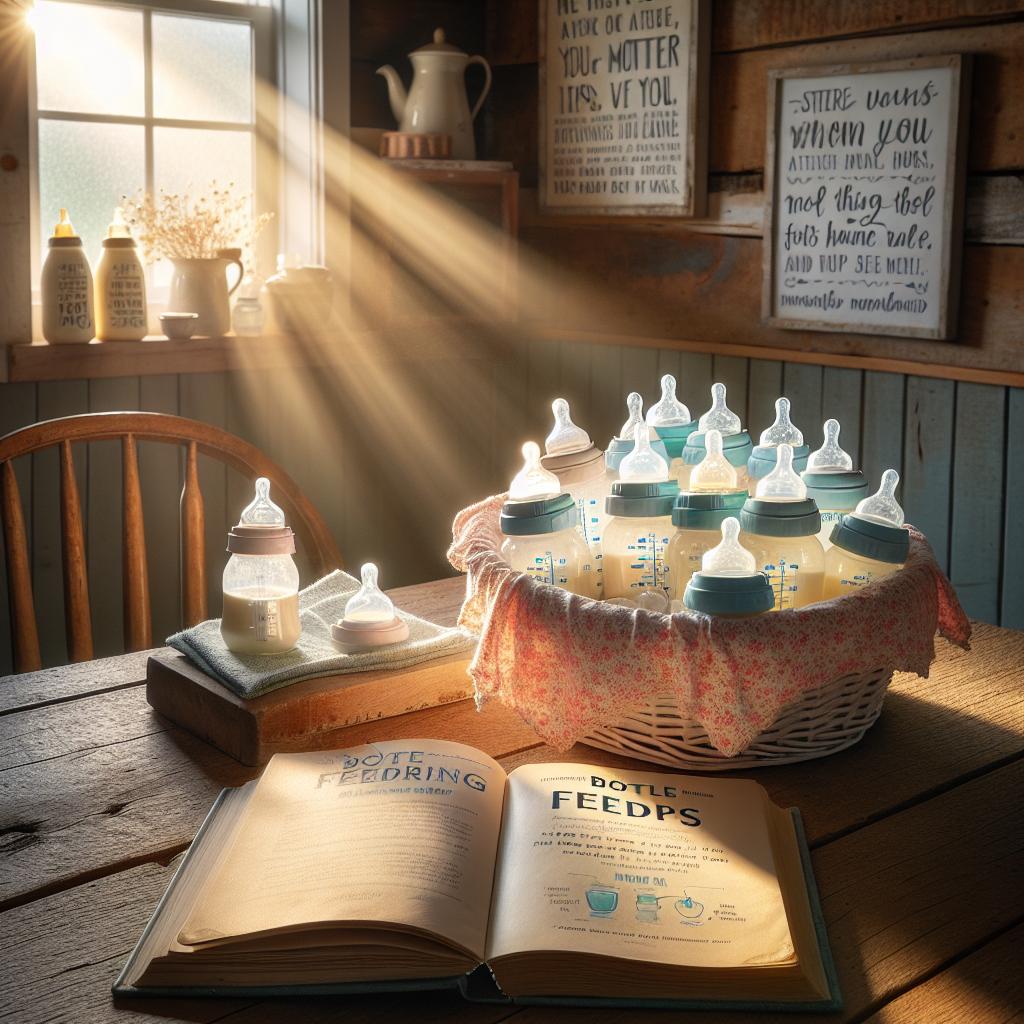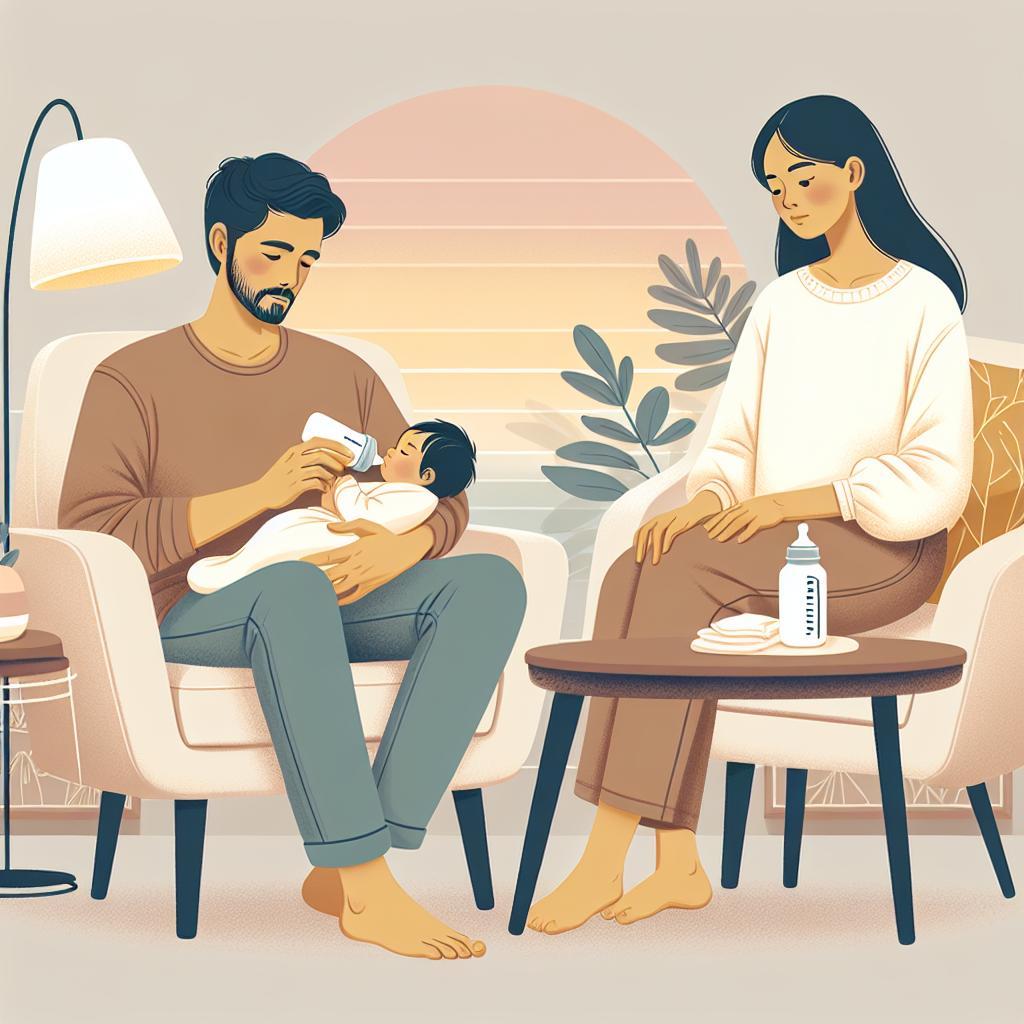Deciphering Baby Sleep: An Introduction to Infant Dreams
Do babies dream? This enigmatic question has long fascinated parents, researchers, and psychologists. There is something inherently mysterious and captivating about the idea of our little ones experiencing their own miniature worlds in their sleep. Let’s explore the fascinating realm of infant dreams and baby sleep patterns.
Infant Sleep Cycles: A Different Kind from Adults
To understand baby dreams, we must first understand their sleep cycles. Unlike adults, whose sleep cycle includes extended periods of Rapid Eye Movement (REM) sleep, infants have a different pattern.
- Babies spend around 50% of their sleep in the REM stage, the stage often associated with vivid dreaming in adults.
- This is significantly more than adults, who spend about 20-25% in REM sleep.
- Babies’ REM sleep is also scattered throughout the entirety of their sleep time, unlike adults who have longer, concentrated REM periods.
These differences in sleep cycles have led many scientists to believe that babies do, in fact, dream. But, what they dream about is a question that remains open to interpretation and speculation.
What Do Babies Dream About?
Enfamil suggests that what infants dream about is influenced by their limited experiences. Sensory experiences such as touch, taste, smell, and the sight and sound of their mother’s face and voice might constitute the primary material for their dreams. While the content of these dreams is impossible to know for certain, the belief is that these dreams help in cognitive and neural development.
Similarly, Happiest Baby notes that a baby’s dreams are likely a mix of sensory impressions: their mother’s voice, the pattern of lights filtering through the window, the feel of their own fingers and toes.
Interpreting Your Baby’s Motion During Sleep
A twitching arm or a sudden smile during sleep are often attributed to dreaming by parents. While these could be signs of dreams, scientists believe they could also be an integral part of the baby’s neurological development.
- Twitches during REM sleep are believed to be related to motor skill development.
- Smiling in sleep, also known as “sleep grins,” usually occur during REM sleep and may be associated with pleasant dreams or comfort.
Learning to understand and interpret these movements can provide insights into your baby’s dreams and overall sleep patterns.
Baby sleep patterns are a complex world of developmental milestones, cognitive growth, and comforting rituals. Gaining a deeper understanding of these patterns and the potential for infant dreams can strengthen the bond between parents and their babies, adding another layer of wonder to the journey of parenthood. For more detailed information about newborn sleep patterns, check this Ultimate Guide to Biomimetic Feeding.
The Underlying Science: Do Babies Really Dream?
TheBump.com reports that researchers still have much to learn about the occurrence and nature of dreams in infants.
However, what we do understand, based on observations and scientific studies, is that dreams most likely occur during REM sleep, a stage that infants spend considerable time in. On the other hand, an article on Owletcare.com brings up that, because the prefrontal cortex (the area in the brain that controls dreaming) is still developing in babies, their dreams may be simple and devoid of complex narratives if they do indeed dream.
Researchers’ Insight: What Could Be The Purpose Of Infant Dreams?
Research suggests that the dreams infants may experience could serve developmental purposes. According to Parents.com, dreams might be instrumental for cognitive and emotional development and memory consolidation.
- Dreams might provide a safe environment to process experiences and information obtained while awake.
- They may support language acquisition, a core aspect of cognitive development.
- Infant dreams likely support emotional processing and mood regulation.
While the precise role of dreams in infant development is yet to be fully established, multiple lines of research are converging on the notion that dreams are largely beneficial for an infant’s brain.
When Do Babies Start Dreaming?
Embarking on their neurological journey right from birth, babies may start dreaming very early – probably as soon as they start experiencing REM sleep. According to a Reddit conversation on “Do Newborns Dream?”, infants reach REM sleep around the same time adults do after falling asleep, suggesting that babies could begin dreaming within their first few weeks of life.
Can Babies Have Nightmares?
Although understanding nightmares in babies is more complex due to communication barriers, the occurrence of baby nightmares cannot be entirely ruled out. Intriguingly, babies, like adults, might have distressing dreams or nightmares. Signs of a nightmare can include sudden crying or agitation during sleep.
How To Support Your Baby’s Sleep And Potential Dreams
Supporting your baby’s sleep can ultimately bolster their cognitive, emotional, and physical development and help them get the most out of their dreams.
Follow these baby sleep hygiene tips:
- Ensure that your baby is sleeping in a comfortable, quiet, and lightly dim environment.
- Formulate a solid nighttime routine. This can include a warm bath, a quiet lullaby, or reading bedtime stories to establish sleeping cues.
- To prevent discomfort that could disrupt sleep, change your baby’s diaper right before bedtime.
Decoding your baby’s sleep and dreams may be a magical journey filled with wonders and surprises. Guided by research and understanding the cues, you can provide an ideal sleeping environment for your little one and maybe even get a glimpse into their dream world.






